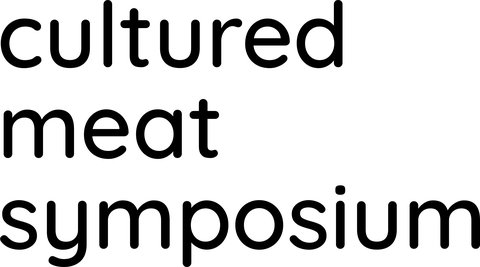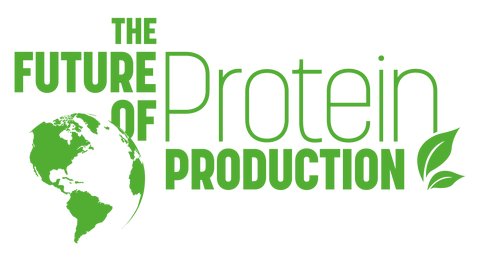Hebrew University Study, Led By Believer Meats Founder, Unveils a Highly Efficient Process for the GMO-Free Production of Cultured Meat, Setting New Standards for Transparency in the Field
January 5, 2023 - 4 min read
- Study Published in Nature Foods Journal Shows Production of Non-Tumorigenic Cell Lines Without Genetic Engineering and Their Long-Term Stability
- Paper Demonstrates Manufacturing Process 17-Times More Efficient Than Industrial Standards, Leading to Projected Production Costs Of $1.8 To $4.5 Per Pound According to Independent Estimates
Jerusalem, Israel – The Hebrew University of Jerusalem announced today the publication of a groundbreaking study in the prestigious journal Nature Foods, demonstrating a comprehensive cost efficient production method of cultured chicken.
In a study led by Professor Yaakov Nahmias, the Founder, President and Chief Technology Officer of Believer Meats, researchers produced immortal cells lines of chicken fibroblasts using a process of spontaneous immortalization patented by the company last year. In contrast to others in the field, the process does not require genetic modifications, and thus the product is uniquely non-GMO.
“Genetic modifications can introduce unintended mutations that increase risk of immunological reactions, and thus we chose to avoid them completely,” said Prof. Nahmias. “One issue of concern in the field, is whether the immortalization process leads to the production of cancer-forming cell lines. However, the work showed that the process developed by our group resulted in cells with normal DNA repair mechanism and without the ability to form tumors.”
Public demand for transparency in food production has been rapidly growing this past decade driven by reports of food borne disease breakouts and videos of animal cruelty. Recent report from the Food Industry Association (FMI) suggests that two-thirds of consumers prefer brands that tell the whole story about how their products are made, and how safe and sustainable they are. This increased demand for more humane, safe, and sustainable methods of meat production accelerated the public excitement for lab-grown or cultured meat. Consumer research studies show that American consumers are eager to try cultured meat, without fully understanding its method of production. Regretfully, most cultured meat companies hold their methods of production as trade secrets, disclosing little information on product composition and safety.
“We strongly believe that honesty is the best policy,” said Prof. Nahmias. “As a parent, I am eternally worried about the nutrition of my children. I want to know that what I give them to eat is safe, healthy, and preferably sustainable. We wanted to ensure that everyone knows where our cell lines came from, how stable and safe they are. That our efficiency is a made matter of public information, leading to a robust and sustainable production of lab-grown meat that everyone can afford.”
Another unique aspect of the study was the demonstration that spontaneous cells grown in suspension could be produced in densities of over to 100 billion cells per liter, more than 17-times the industrial standard. This effectively increases the process yields from 2% to 36% weight per volume. Explains Nahmias, “By analogy, this would allow one to produce about 880 pounds of meat, or about a cow a month, from a vessel the size of a typical refrigerator.”
The team then showed the effective differentiation of fat cells that produced the distinct aroma and flavor of chicken meat.
“We developed a highly efficient differentiation process that uses natural soy lecithin to turn fibroblasts to fat cells in under a week,” said Nahmias. “Combining the cultured cells with plant proteins produced hybrid products in which the aroma and flavor came from lab-grown cells and the proteins were a blend of cells and plant proteins. The paper goes to show a significant preference for lab-grown chicken product in consumer testing.”
Taken together, the paper breaks that “big wall of no” described by Paul Wood and David Humbrid in last year’s Counter article that challenged the feasibility of lab-grown meat. The Counter analysis assumed a maximum density of 22 to 65 billion cells per liter, and expensive growth factors that are not required by fibroblasts. A production density of 100 billion cells per liter, cuts average projected costs by 3-folds, to about $7.5 per pound of biomass, or $3.3 per pound of hybrid product, within the price range of commercial chicken manufacturing.
Nahmias concludes, “Rising global food companies, like Believer Meats, must commit to full transparency. My kids want to know how their hamburger is made, and I need to look them in the eye and explain why the food I serve them is healthy, safe and sustainable. We must ensure that we, as an industry, provide all the scientific data and information to the public. If we do not rise to this challenge, consumers will search and find disinformation from charlatans online. I want to lead this conversation.”


















